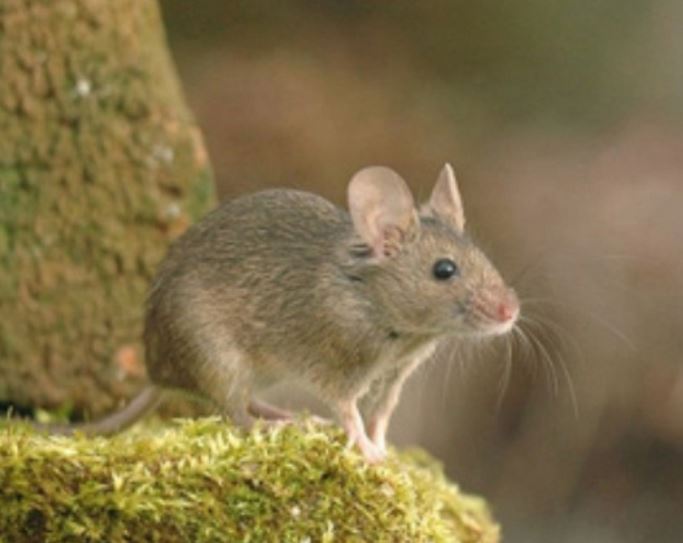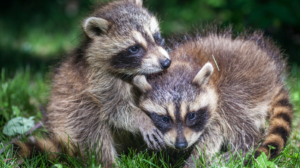Homes across the UK suffer from pest infestation; rodents, insects and other creatures are a nuisance to homes and businesses all across the country. Urban centres pose a particular challenge when it comes to pest control, London being one of the most infested cities in the country. Whilst rats are most associated with London and mice usually considered a rural pest that is not quite the case. The house mouse is actually quite a common pest in built up areas like cities because of the indoor shelter and easy food sources such habitats provide. However, despite how at home the house mouse seems in our towns and cities, the pest is not a UK native. The house mouse actually came to the UK as part of the Great Pest Migration. This migration is an event that saw many of what are now common UK pests make their way from their native lands to UK shores, usually attached to human migration movements. So, let’s take a look at the house mouse’s migration story.
Name: The House Mouse (Mus Musculus)
Appearance: Fur colour varies from light to dark brown with domesticated house mice coming in shades like white, champagne and even black. Ears are small and rounded, the snout is pointed and the hair short. The long near-hairless tail is a distinguishing feature as is the high-pitched squeak
Height/Weight:Body length is around 7.5-10cm, tail length is between 5-10cm and average weight is 10-25g
Characteristics: Mostly nocturnal and with a strong dislike for bright lights they have little to no colour vision and use their olfactory (pheromone) system for social communication. Their urine has a characteristically strong odour
Diet: Omnivorous creatures, mice eat almost anything including foodstuffs stored in domestic and commercial kitchens
Habitat: House mice can adapt to a range of surroundings so survive in the wild and in human habitats. Nests are normally built in dark, warm spots and they tend to be a mixture of paper, leaves, twigs and other items scavenged from surroundings
There are many different species of mice in the UK such as the field mouse and the dormouse but the well-known house mouse is one of our most common pests. Found in and around homes and commercial structures as well as in open fields and agricultural landscapes, house mice are able to survive and adapt to different surroundings. This adaptability has enabled them to settle and thrive in the UK mainland to the point where they have become a nuisance for many people.
Originally native to Asia the house mouse joined The Great Pest Migration in the 8th century BC when it spread throughout the Mediterranean Basin. From there, around seven millennia later, the house mouse continued to conquer the rest of Europe. Once established in Europe and the UK it continued to thrive until reaching its current pest status. The house mouse’s movement across the globe depended very much on human migration because the rodents prefer to live in association with humans due to the abundance of shelter and food sources found in human settlements. This proximity to humans worked well for the species’ success but it is what makes the house mouse such a prevalent and persistent pest.
The house mouse possesses certain traits that make it a difficult pest to get rid of. As territorial creatures they tend to set up camp and stay there, simply expanding the territory over time as they increase in numbers. This is not such a problem in the wild where the mice’s average life expectancy is less than a year but the optimum living conditions provided by human habitats mean the mice can live for up to three years. Longer life expectancies, high breeding rates and territorial habits mean that the numbers of house mice can become very difficult to manage, very quickly. As well as the nuisance of overpopulation, the health risks mice pose to human beings make them a relatively dangerous pest to have around. As well as damaging and contaminating food and food packaging, the mice transmit nasty diseases like leptospirosis, rickettsialpox and lymphocytic choriomeningitis among others.
Looking at how it poses such nuisance and danger it is clear that though small, the house mouse is mighty and one of the most successful pests the UK ever acquired from The Great Pest Migration.





